Reviewed by Julianne Ngirngir
The Apple Vision Pro launched with fanfare, premium materials, and a jaw-dropping $3,500 price tag that sent even the most devoted Apple fans scrolling past. But here's the kicker: reports suggest Apple's sequel headset could arrive as early as late 2025, targeting not just better specs but something more revolutionary—actual mainstream appeal. After shipping just 400,000 units in 2024 and watching customers return their headsets for weight complaints, Apple clearly had to rethink their entire approach to spatial computing.
Those disappointing sales figures weren't just numbers—they forced Apple's engineering teams to tackle the fundamental barriers preventing Vision Pro from becoming the breakthrough we all hoped for. The supply chain whispers emerging from Cupertino paint a picture of targeted solutions addressing the three biggest pain points that kept the original from succeeding.
What's actually changing under the hood?
Apple's engineering response centers on Apple's upcoming M5 chip, which analysts predict will deliver substantially better performance while potentially extending battery life beyond the current model's measly 2-hour runtime. Think of it as Apple's answer to every Quest 3 owner who's ever enjoyed a full evening of VR without constantly checking battery levels.
The M5 represents a massive computational leap. Considering Apple claims the M4 delivers 50% more CPU power and 4x the GPU performance compared to the current M2, this new processor could finally enable the seamless spatial computing experiences that feel truly responsive—imagine gesture control that reacts instantly, or eye tracking that anticipates your intentions rather than lagging behind them.
But Apple's strategy gets more interesting: Bloomberg reports they're simultaneously developing two distinct models. The consumer-focused version promises to be both lighter and less expensive than the current $3,500 behemoth, while a pro variant will feature wired Mac connectivity for ultra-low-latency applications—perfect for those surgical imaging scenarios and flight simulators where every millisecond matters.
This dual-model approach positions Apple competitively against Meta's ecosystem strategy, but with a crucial difference: instead of targeting gamers first, Apple's betting on productivity users and creative professionals who need desktop-class performance in a spatial environment. It's the same premium-then-mainstream playbook that worked for iPhones, but tailored for the unique challenges of spatial computing.
Finally tackling the weight problem that's been breaking necks
Let's be honest: the original Vision Pro's 600-650 grams of aluminum and glass created what hardware designers diplomatically call a "lever effect"—that constant forward pull on your face that makes extended use genuinely uncomfortable. Some users even reported burst blood vessels from the pressure, turning Apple's premium experience into a cautionary tale about prioritizing materials over usability.
Apple's response appears both immediate and comprehensive. Engineering reports suggest the company is experimenting with lighter alloys and completely redesigned seal and cushion systems for extended comfort. The breakthrough innovation centers on Apple's counterbalance battery patents—positioning additional weight at the back of the headband to shift the center of mass toward the middle of your head rather than constantly tugging forward.
This isn't just about comfort—it's about fundamentally solving the physics problem that makes current VR headsets unsuitable for the productivity tasks Apple envisions. The engineering goal is ambitious: bringing Vision Pro closer to the 515-gram weight of Meta's Quest 3, which manages to feel comfortable even during extended gaming sessions.
The implications extend beyond user comfort. By solving the weight distribution problem, Apple creates the possibility for spatial computing to replace traditional monitors for knowledge work—imagine editing video in Final Cut Pro while wearing a headset for hours without neck strain. That's the vision that justifies Apple's massive R&D investment in this category.
The price drop that could change everything
Here's where Apple's strategy gets really compelling for mainstream adoption. Multiple analyst reports suggest Apple is targeting significant price reductions, with predictions pointing toward a $1,500-2,000 price range for the consumer model. That's still expensive, but it moves Apple from "mortgage payment" territory into "advanced laptop" pricing—a psychological shift that transforms the addressable market.
Supply chain reports reveal Apple's cost reduction strategy: plastic lenses instead of precision glass, magnesium alloys rather than aluminum construction, and fewer external sensors. The rumored "Vision Air" model might even use A-series iPhone chips instead of desktop-class M-series processors, creating a clear performance hierarchy while making spatial computing accessible.
The strategic timing makes sense. By achieving that $1,500-2,000 sweet spot, analyst projections suggest annual shipments could jump from 400,000 to 2-3 million units—the critical mass needed to attract serious developer investment. More users means better apps, which drives more adoption, creating the positive feedback loop that every new platform needs to succeed.
This pricing evolution also enables Apple to compete directly with Meta's Quest ecosystem while maintaining their premium positioning. Instead of racing to the bottom on price, Apple creates multiple tiers that serve different use cases and budgets.
What this means for your spatial computing future
Apple's apparent Vision Pro 2 strategy reveals something bigger: they're not trying to make AR glasses yet. Instead, they're perfecting the foundational technology in a form factor that makes sense for home entertainment, productivity, and specialized professional use. Think of Vision Pro 2 as the essential proving ground that validates spatial computing works before Apple eventually miniaturizes everything into actual glasses by 2027-2028.
The current improvements—M5 performance, weight reduction, and price accessibility—address the specific barriers that prevented the original Vision Pro from gaining traction. But they also set the stage for spatial computing to become genuinely useful rather than just impressive. When you can wear a headset comfortably for hours while it delivers desktop-class performance at laptop pricing, you're not just buying a gadget—you're investing in a platform that might replace your traditional computing setup.
PRO TIP: If you're considering a Vision Pro purchase, waiting for the second generation isn't just about better specs—it's about joining a platform that might finally have the user base and app ecosystem to justify the investment.
Where do we go from here?
The Vision Pro 2 represents Apple's chance to prove that spatial computing isn't just a cool tech demo—it's a legitimate platform worth developers' time and consumers' money. With mass production reportedly already underway and potential launch timing between fall 2025 and spring 2026, we won't have to wait long to see if Apple can deliver on these ambitious improvements.
The real test isn't whether Vision Pro 2 will be better—of course it will be. The question is whether it'll be good enough and affordable enough that you'd actually recommend it to friends. Based on Apple's systematic approach to solving the original's biggest problems—performance limitations, comfort issues, and pricing barriers—they appear positioned to deliver that breakthrough.
And if you're wondering whether to wait for those rumored smart glasses instead? Those are still years away, giving Apple plenty of time to perfect spatial computing in the more forgiving headset form factor first. The Vision Pro 2 isn't the endgame—it's the bridge to a future where spatial computing becomes as natural as reaching for your iPhone.




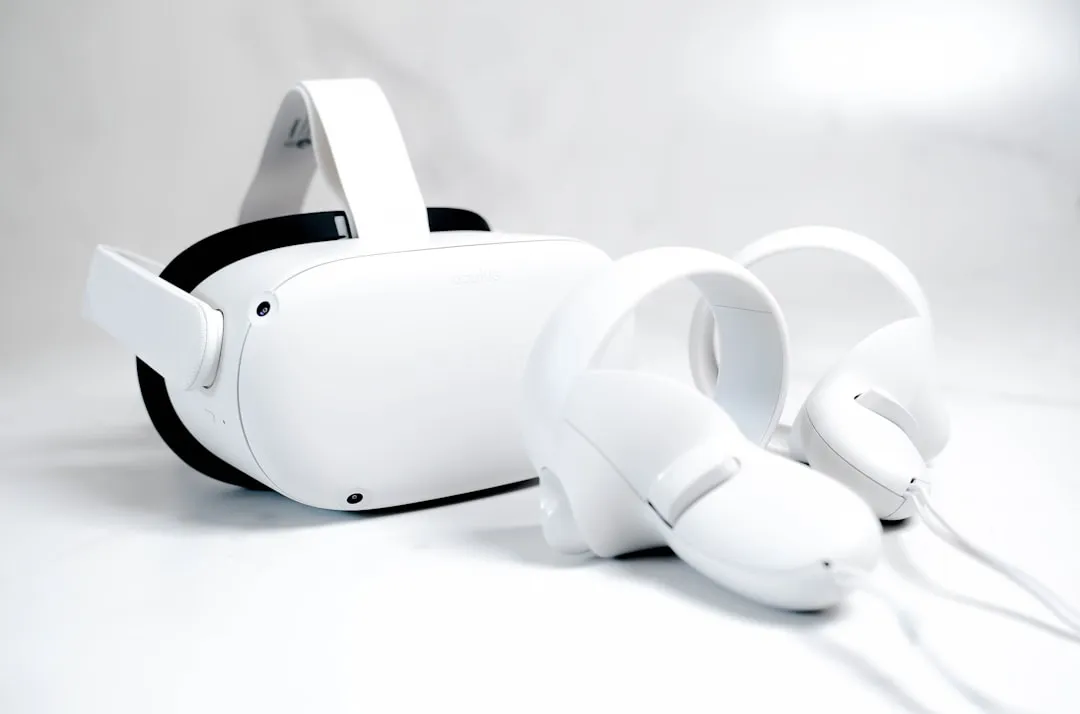
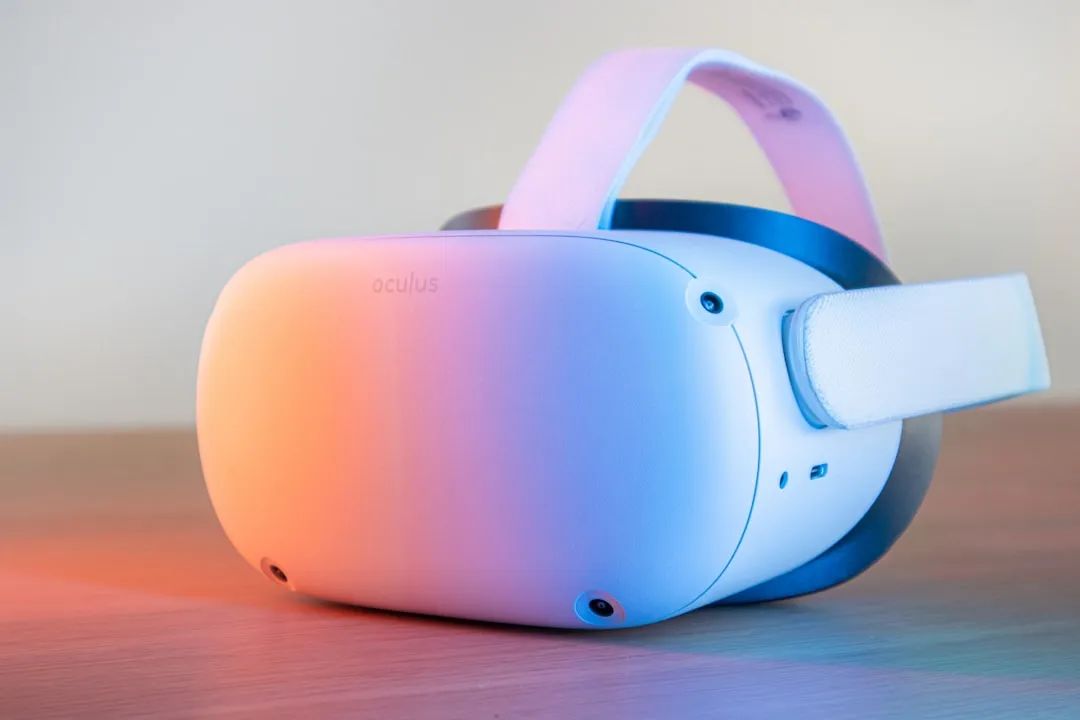
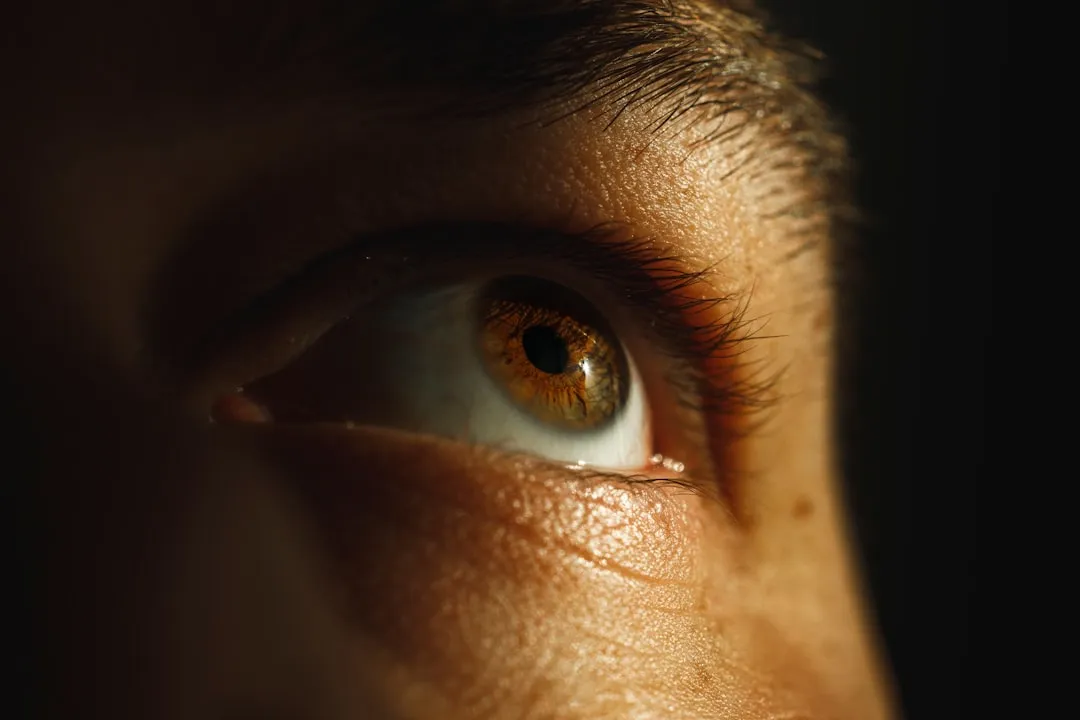
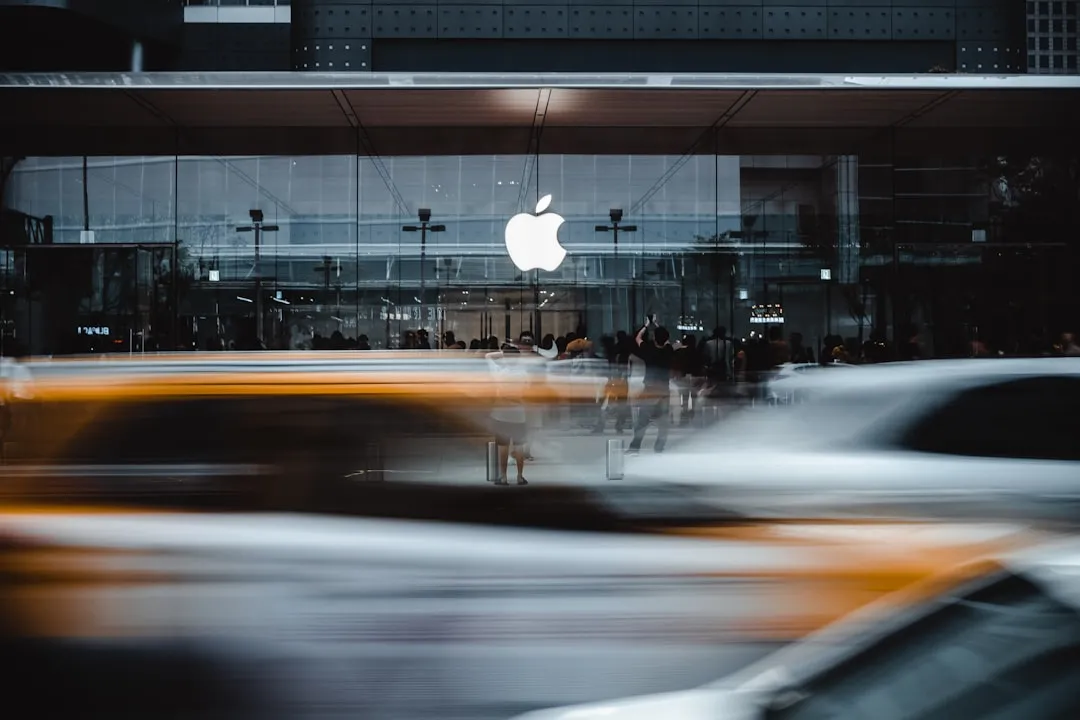
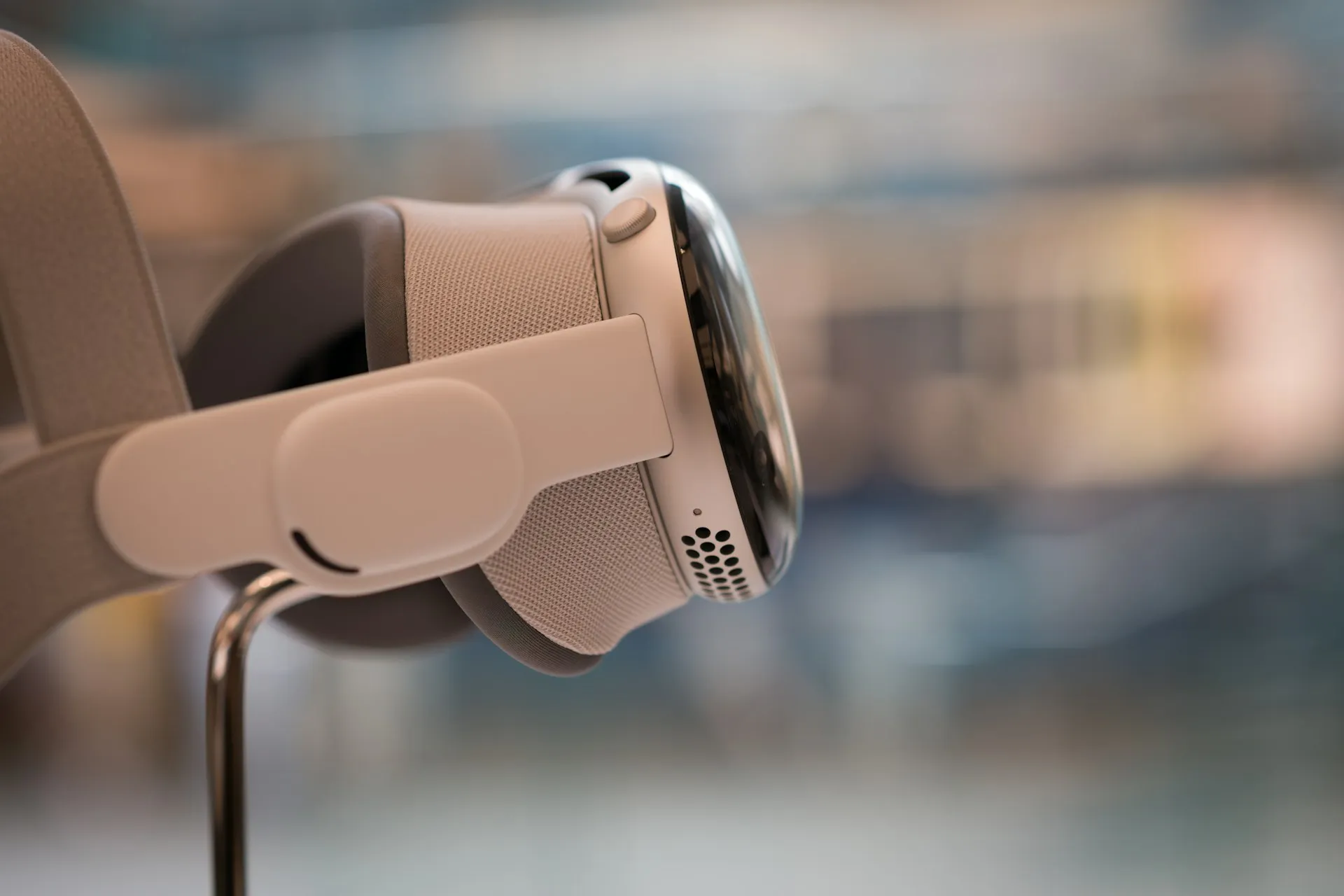
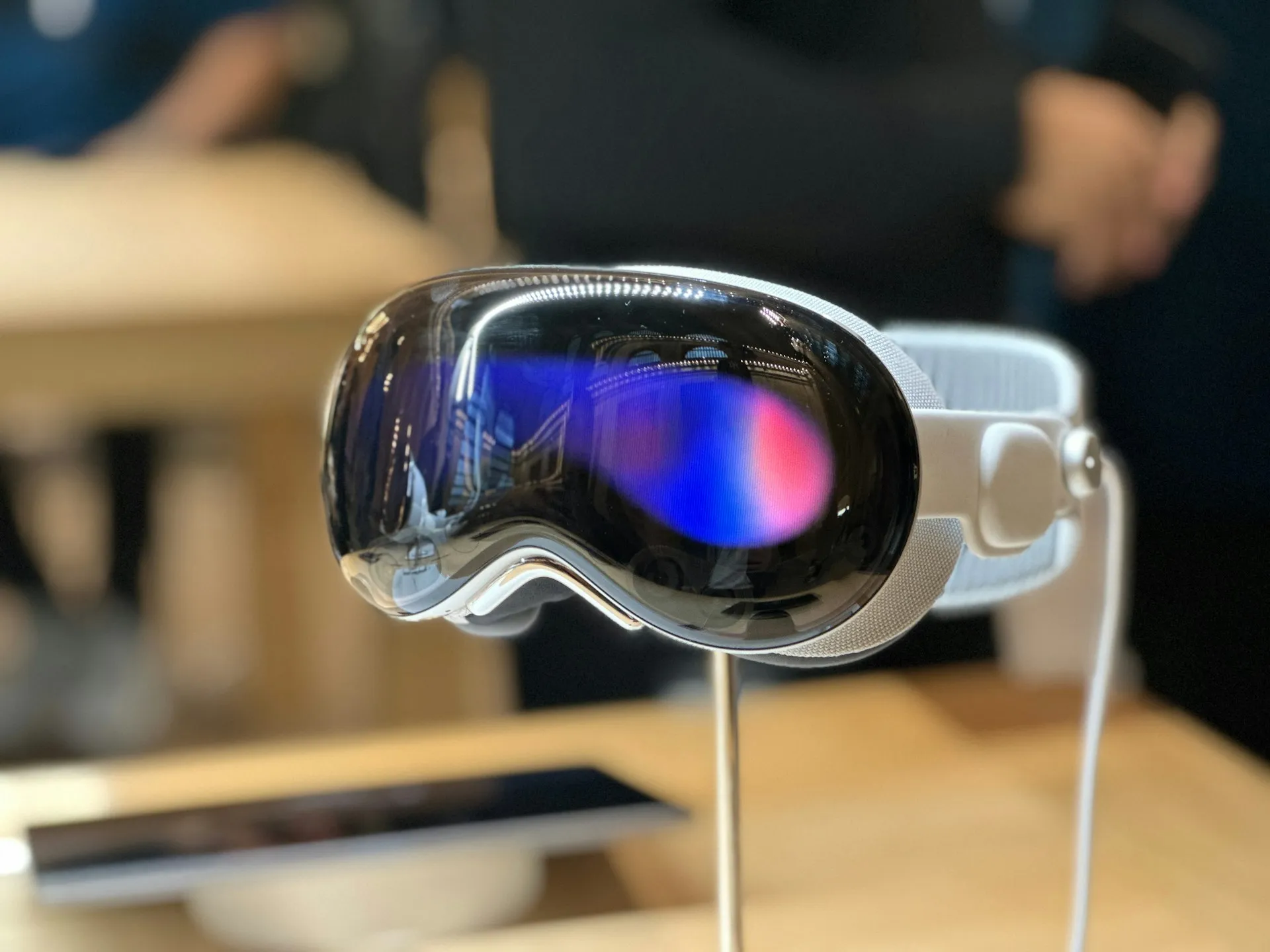
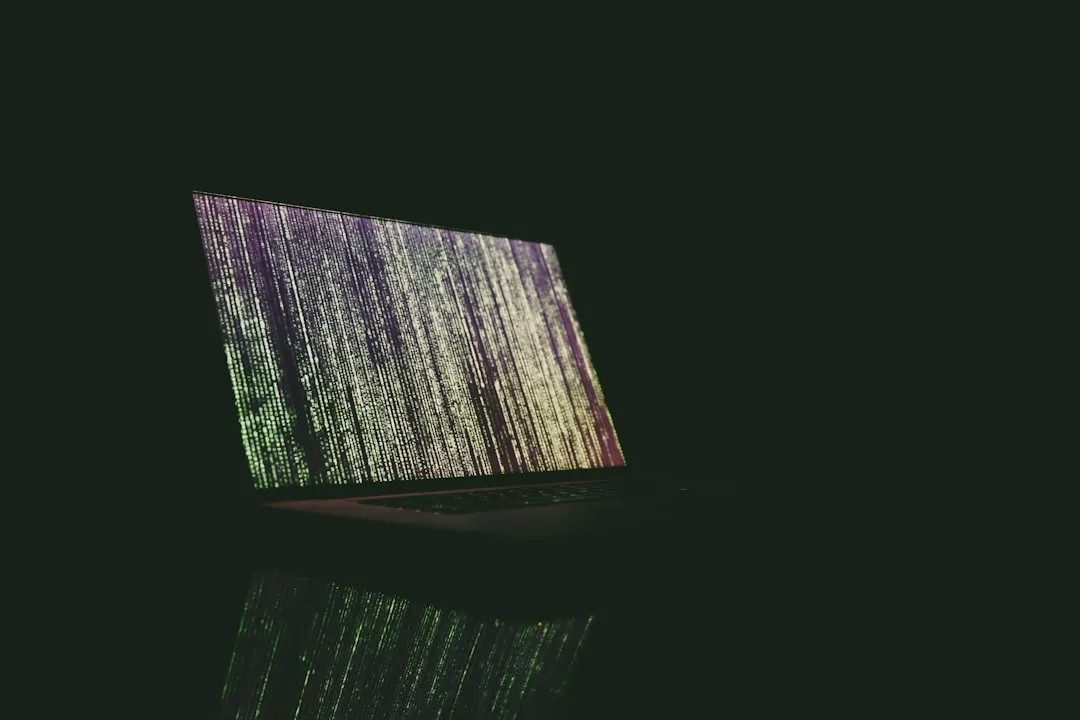
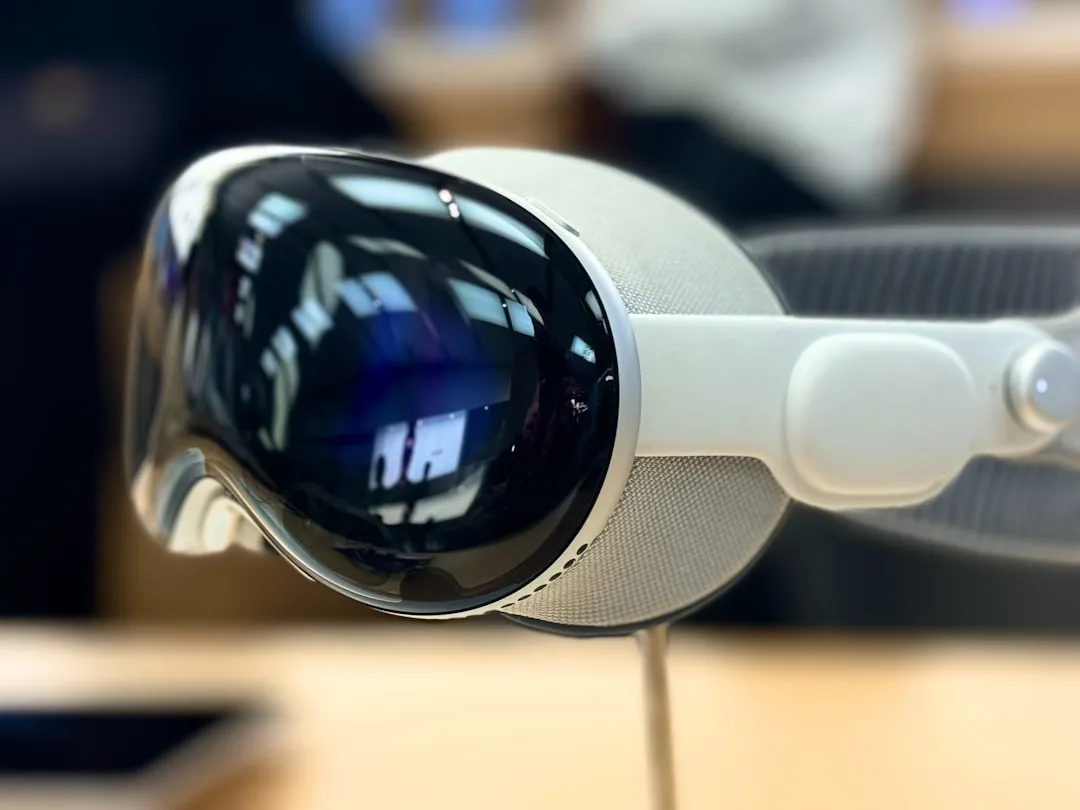
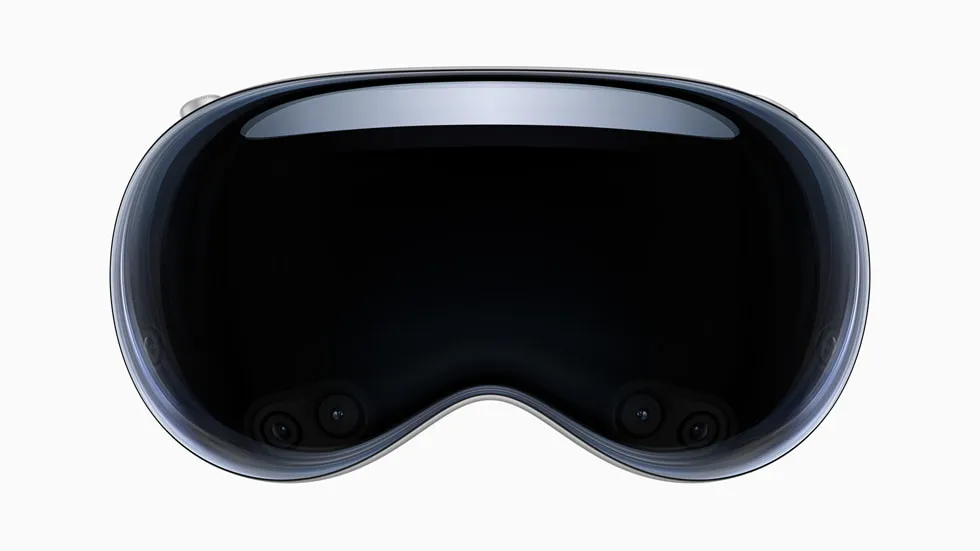
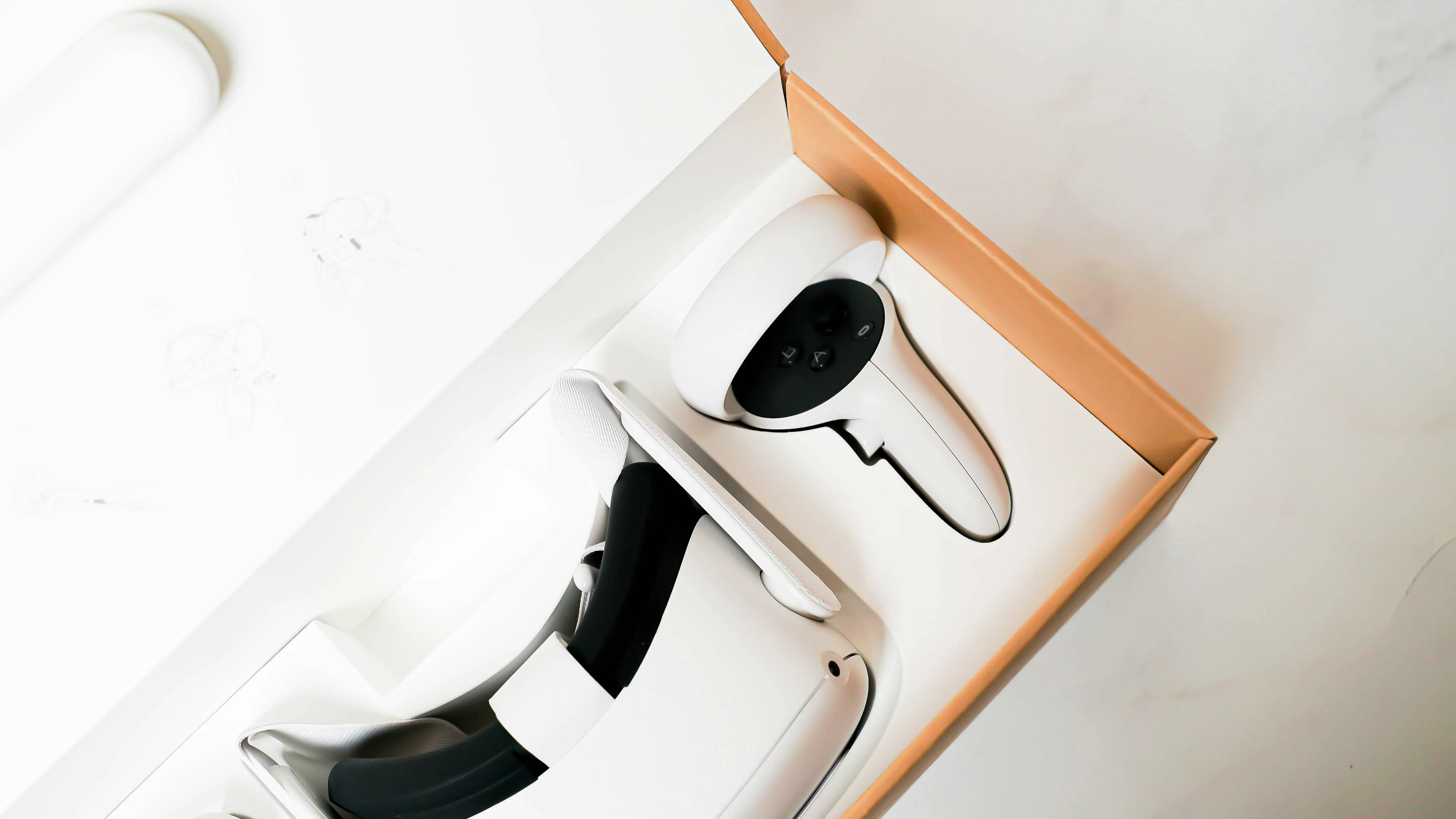
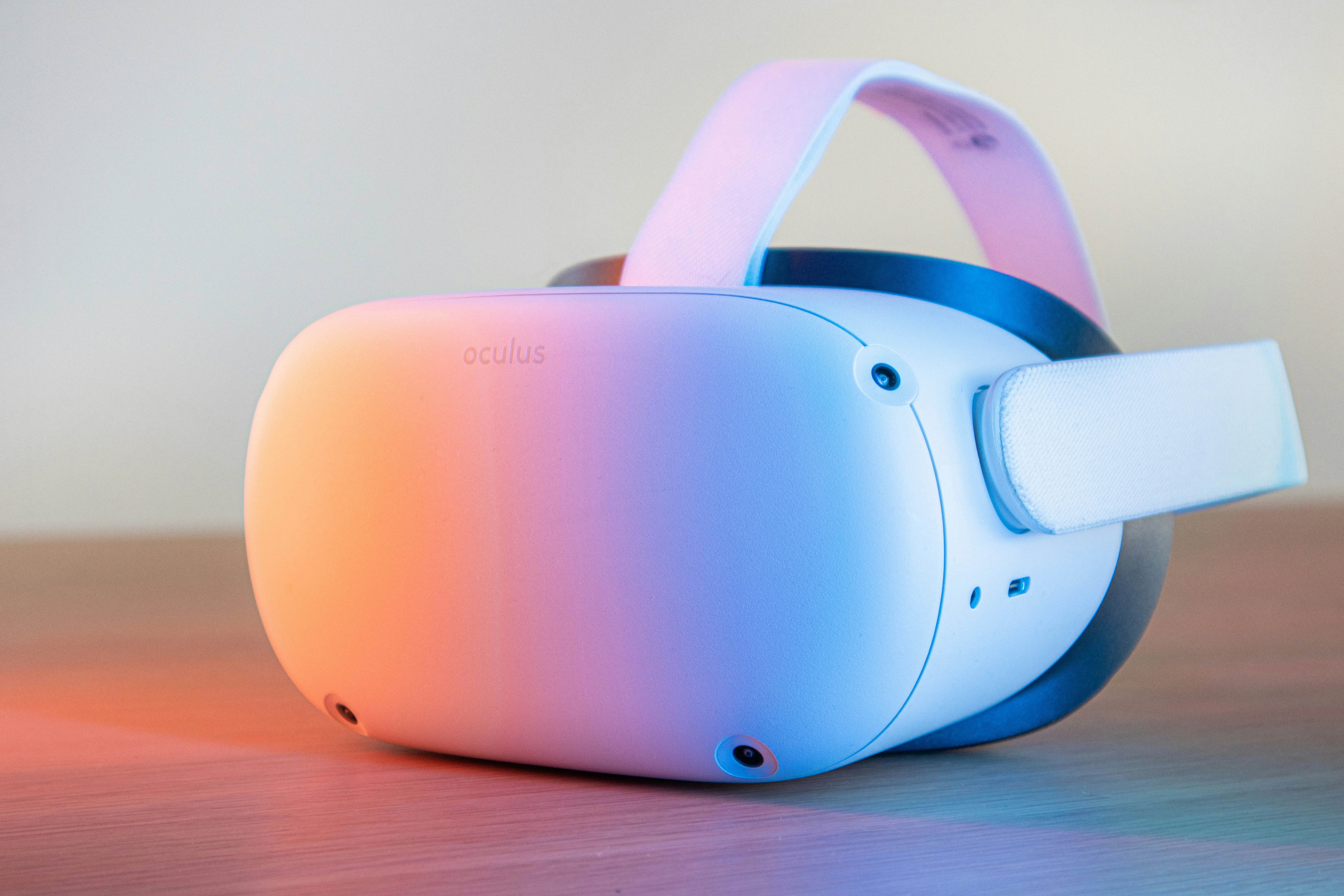









Comments
Be the first, drop a comment!